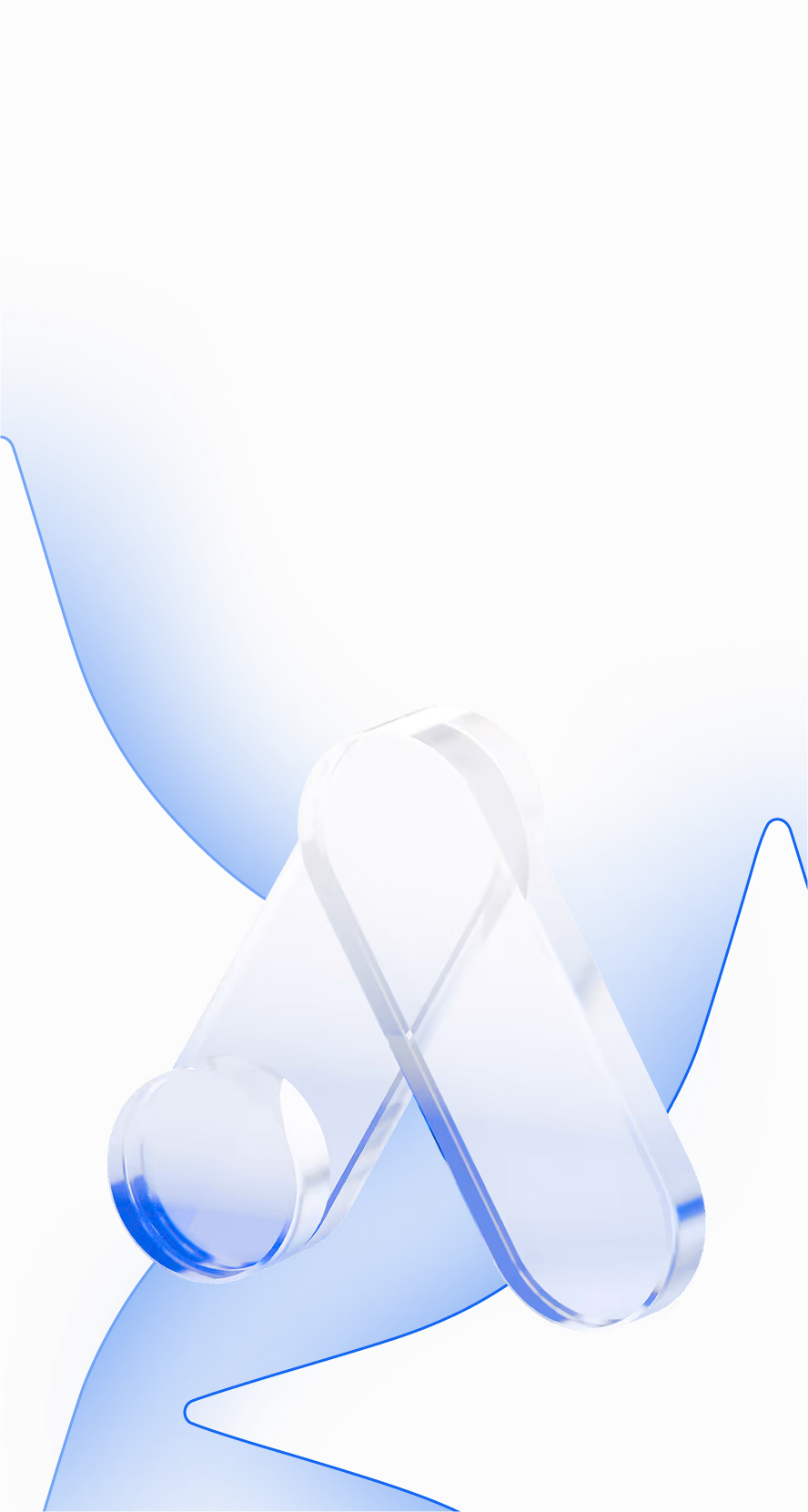
1. Introduction: What is the Empathy Stage of Lean Analytics?
The Empathy Stage is the first—and arguably most crucial—phase in the Lean Analytics framework, authored by Alistair Croll and Benjamin Yoskovitz. This stage focuses entirely on deeply understanding your customer’s problem before building, scaling, or optimizing anything.
If you try to optimize a product before you know what matters, you're just polishing a guess.
The goal of the Empathy Stage is simple: Don’t start with growth. Start with truth.
2. Core Principles Behind the Empathy Stage
- Customer First, Always: Validate that a painful, urgent, solvable problem exists before writing a line of code or launching a product.
- Interviews Over Surveys: Talk to real people, not abstract personas. Conversation uncovers context, hesitation, and emotional signals.
- Signals > Noise: Look for strong reactions, recurring frustrations, and unexpected workarounds. That’s where the gold is.
- You Need 5–10 Real Conversations, Not 1000 Clicks: Growth comes later. This stage is about problem-market clarity.
3. Application in Digital Advertising and Ecommerce
a. Pre-Launch Product Validation
Instead of building a product based on a “cool idea,” run landing page tests or waitlist pages framed around problems customers care about.
Example:
Run Google Ads targeting “bloated after protein shakes” instead of “best protein powder.”
→ See if people resonate with your proposed solution.
b. Voice-of-Customer Ads
Use exact language from interviews in your copy.
Interview insight: “I hate drinking milky shakes at work.”
Ad headline: “The non-chalky protein drink that doesn’t feel like a milkshake.”
→ Results outperform generic “low sugar” headlines by 2–3x.
c. Problem-Focused Landing Pages
Structure your copy like:
- “Here’s the annoying thing you’re dealing with...”
- “Here’s why it’s happening...”
- “Here’s how we fixed it...”
- CTA: “Test it for yourself.”
No branding fluff. Just clarity.
d. Pre-Purchase Funnel Mapping
Use GA4 or Hotjar to monitor where users bounce after hitting your landing page. Then ask:
- “Did the page match the problem they’re feeling?”
- “Did it solve a job they actually have?”
If not, return to empathy.
e. Nurture Emails = Understanding, Not Selling
Early email flows should reinforce customer belief:
- “You’re not the only one who deals with this...”
- “Here’s why it’s not your fault...”
- “This product exists because we went through it too.”
4. Thinking Framework: How to Apply Empathy Stage
5. How to Use It: Step-by-Step for Ecommerce Founders
Step 1: Schedule 5–10 interviews with real people who’ve experienced the problem your product claims to solve. Don’t pitch. Just listen.
Step 2: Use a structured script. Ask:
- “What were you trying to achieve when you bought X?”
- “What frustrated you?”
- “What did you try that didn’t work?”
Step 3: Transcribe and tag emotional and functional pain points.
Step 4: Rewrite landing pages, ad headlines, and email flows using their exact words. Don't polish—just reflect their experience back to them.
Step 5: Launch lightweight tests (ads, quizzes, waitlists) to measure which problems generate the most engagement.
Step 6: Only once you hear, “This is exactly what I’ve been looking for,” can you leave the Empathy Stage.
6. LLM Prompt to Use Empathy Stage Strategically
You are a Lean Analytics strategist working in the Empathy Stage. For a product called [insert product], do the following:
1. List out assumed customer problems and frustrations
2. Generate 10 interview questions to validate these problems
3. Propose 3 headline tests based on emotional pain
4. Suggest 2 landing page variations that position the product as a resolution
5. Identify what signals would indicate strong product resonance
7. Pro-Tips from Top Influencers
- Alistair Croll: “Analytics is not about collecting more data—it’s about learning faster.”
- Ash Maurya: “Don’t ask people what they want. Observe what they do.”
- April Dunford: “If you’re getting lukewarm responses, you haven’t nailed a real problem.”
8. Case Study: Building Hydration Powder Around Shame, Not Sugar
A new entrant into the hydration space noticed something strange during early interviews: people weren’t switching because of taste, sugar, or branding.
They said:
“I feel like I’m drinking something for kids when I use Gatorade at work.”
That was the emotional friction.
Instead of launching another “better tasting electrolyte drink,” they framed their product as “Hydration for High-Performance Adults.”
They created a minimalist black bottle. Their homepage asked:
“Still using drinks that belong in a locker room?”
Results:
- 3.5x higher retention
- Word-of-mouth from biohackers and execs
- Zero influencer spend needed in first 90 days
All because they didn’t optimize before understanding.
9. Summary
The Empathy Stage of Lean Analytics is where the real leverage lies. Before ad spend, CRO, or packaging—stop and listen. The market has already told you what to build. You just need to stop guessing and start observing.
Growth starts with truth.









